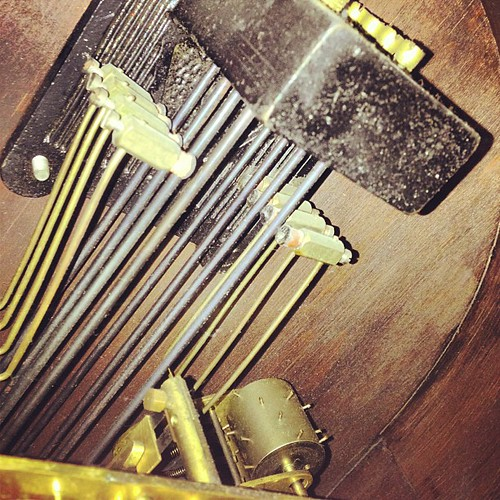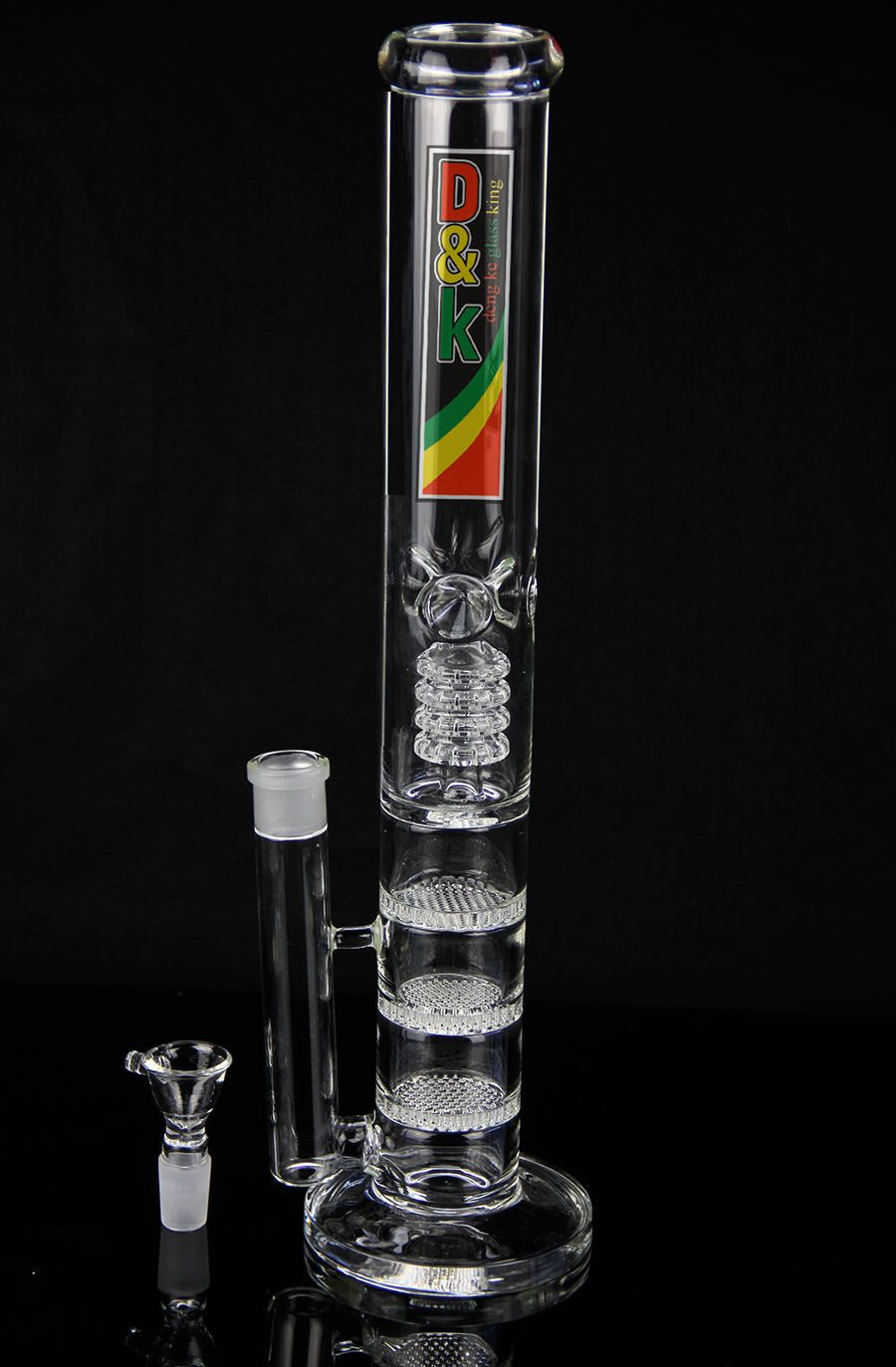A bong is a device that uses water to filter and cool the smoke from burning herb or tobacco. Bongs are one of the most common forms of consuming dried flower, especially among cannabis enthusiasts. They come in various shapes, sizes, and designs, but they all share the same basic principle of water filtration and diffusion.
But how does a bong work exactly? What are the benefits and risks of using a bong? And what are some tips and tricks to get the most out of your bong experience? In this blog post, we will answer these questions and more, so you can enjoy your bong with confidence and knowledge.
The History of Bongs
The word “bong” is said to have originated from the Thai word “baung”, which means a round wooden tube of bamboo used for smoking. However, the history of bongs goes back much further than that. Some evidence suggests that bongs were used in ancient China, Africa, and Russia, where they were made of clay, metal, or even gold.
Bongs are also related to hookahs, which are water pipes used to smoke flavored tobacco. Hookahs originated in India and Persia, and have a hose and multiple mouthpieces that allow several people to share the smoke. Bongs, on the other hand, are usually used by one person at a time, and have a single mouthpiece.
Today, bongs are mostly made of glass, which allows for artistic expression and functionality. Glass bongs can be hand-blown by skilled craftsmen who create intricate shapes and patterns. They can also feature various accessories and attachments that enhance the smoking experience, such as percolators, ice catchers, ash catchers, and more.
The Anatomy of a Bong
A typical bong consists of five main parts:
- The bowl: This is where you pack your herb or tobacco. It is usually removable, so you can use it as a carburetor to clear the smoke from the chamber.
- The carb: This is a small hole that allows you to control the airflow in the bong. By covering or uncovering the carb, you can regulate how much smoke you inhale.
- The downstem: This is a small tube that connects the bowl to the base of the bong. It allows the smoke to travel from the bowl to the water chamber.
- The base: This is the bottom part of the bong that holds the water. It can have different shapes, such as bubble, beaker, or straight tube. The water acts as a filter and a cooler for the smoke.
- The tube: This is the upper part of the bong that extends from the base to the mouthpiece. It can have different diameters and lengths, depending on your preference. The tube also contains the smoke until you inhale it.
The Science of a Bong
So how does a bong work in terms of physics? It’s actually quite simple:
- When you light your herb or tobacco in the bowl and inhale through the mouthpiece, you create a vacuum that sucks the smoke into the bong.
- The smoke then travels through the downstem and reaches the water chamber, where it bubbles and diffuses through the water.
- The water acts as a natural filter that removes some of the contaminants and tar from the smoke. It also cools down the temperature of the smoke, making it smoother and less harsh on your throat and lungs.
- When you remove the bowl or uncover the carb, you release the vacuum and allow fresh air to enter the bong. This pushes the smoke up through the tube and into your mouth and lungs.
The Benefits and Risks of a Bong
Using a bong has some advantages and disadvantages compared to other methods of smoking herb or tobacco. Here are some of them:
Benefits
- A bong can produce a smoother and creamier smoke than a joint or a pipe, which can be more enjoyable and satisfying.
- A bong can conserve your herb or tobacco by burning it more efficiently and delivering more potent hits.
- A bong can reduce some of the smell and taste of your herb or tobacco by filtering it through water.
- A bong can be customized with different accessories and attachments that can improve the functionality and aesthetics of your bong.
Risks
- A bong can still harm your lungs and respiratory system by exposing you to smoke, which contains carcinogens and other harmful substances.
- A bong can be harder to clean and maintain than a joint or a pipe, which can affect the quality and hygiene of your bong.
- A bong can be more expensive and fragile than a joint or a pipe, which can limit its portability and durability.
- A bong can be more conspicuous and less discreet than a joint or a pipe, which can attract unwanted attention and legal issues.
Tips and Tricks for Using a Bong
If you want to get the most out of your bong, here are some tips and tricks to follow:
- Choose a bong that suits your needs and preferences. Consider factors such as size, shape, design, material, budget, and quality.
- Use fresh and clean water for your bong. Change the water regularly to avoid buildup of bacteria and mold.
- Clean your bong after every use. Use rubbing alcohol, salt, and hot water to remove any residue and odor from your bong.
- Grind your herb or tobacco finely and evenly. This will ensure a better burn and a smoother smoke.
- Don’t pack your bowl too tightly or too loosely. This will affect the airflow and the combustion of your herb or tobacco.
- Don’t inhale too hard or too fast. This will cause the smoke to become harsher and hotter, and may also pull water into your mouth.
- Don’t hold the smoke in your lungs for too long. This will not increase the effects of your herb or tobacco, but may cause more damage to your lungs.
- Enjoy your bong with moderation and responsibility. Don’t overdo it or abuse it, and respect the laws and regulations of your area.
Conclusion
A bong is a great way to enjoy your herb or tobacco with water filtration and diffusion. It can produce a smoother and more potent smoke than other methods of smoking. However, it also has some drawbacks and risks that you should be aware of. By choosing the right bong, keeping it clean, and using it properly, you can have a safe and satisfying bong experience.





